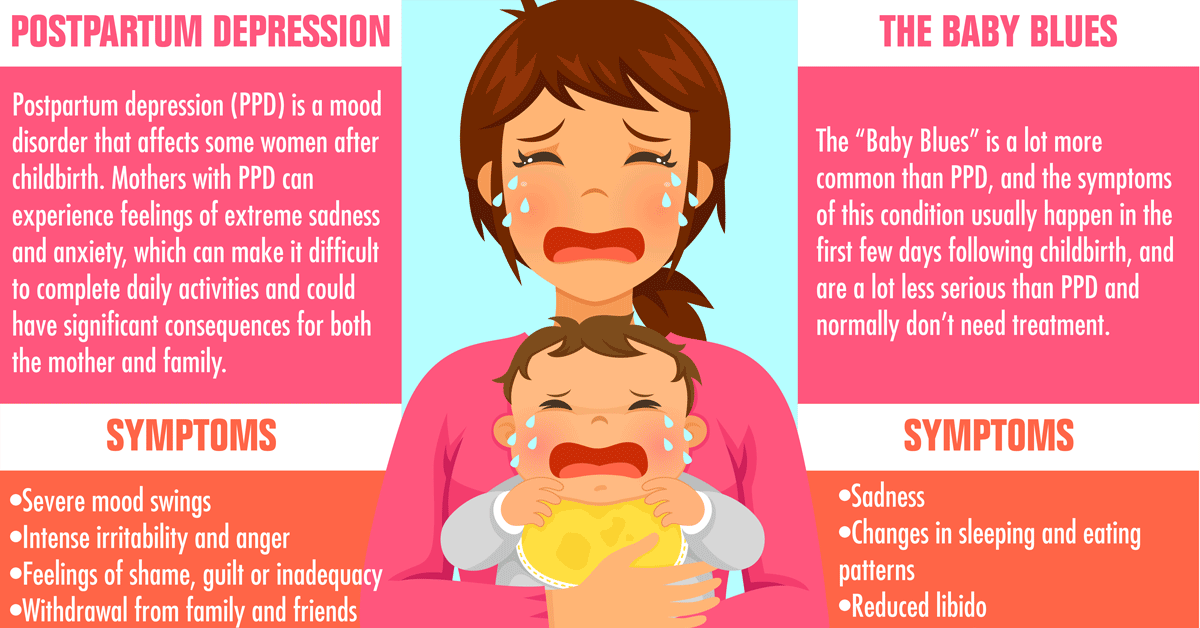How Do State Of Mind Stabilizers Work?
State of mind stabilizers assist to calm locations of the brain that are impacted by bipolar illness. These medications are most reliable when they are taken consistently.
It might take a while to locate the ideal medicine that functions finest for you and your physician will monitor your problem throughout therapy. This will certainly include routine blood tests and possibly a change in your prescription.
Neurotransmitter law
Natural chemicals are a team of chemicals that control one another in healthy individuals. When degrees come to be out of balance, this can result in state of mind conditions like depression, anxiousness and mania. Mood stabilizers aid to avoid these episodes by aiding control the balance of these chemicals in the mind. They also might be used together with antidepressants to enhance their efficiency.
Medications that function as mood stabilizers consist of lithium, anticonvulsants and antipsychotics. Lithium is possibly one of the most well known of these drugs and works by influencing the flow of salt through nerve and muscle mass cells. It is most often utilized to deal with bipolar affective disorder, yet it can also be handy in treating various other mood conditions. Anticonvulsants such as valproate, lamotrigine and carbamazepine are also efficient state of mind stabilizing drugs.
It can take some time to discover the appropriate kind of drug and dosage for every individual. It is essential to collaborate with your doctor and participate in an open discussion about exactly how the drug is working for you. This can be particularly handy if you're experiencing any adverse effects.
Ion network modulation
Ion channels are a significant target of state of mind stabilizers and many other medicines. It is now well established that they are dynamic entities that can be regulated by a variety of external stimulations. On top of that, the modulation of these channels can have a variety of temporal results. At one extreme, changes in gating dynamics might be rapid and rapid, as in the nicotinic acetylcholine receptor/channel system. At the other end of the spectrum, covalent adjustment by healthy protein phosphorylation might result in modifications in network feature that last much longer.
The field of ion channel modulation is going into a duration of maturation. Current studies have demonstrated that transcranial concentrated ultrasound (United States) can boost nerve cells by activating mechanosensitive potassium and sodium channels installed within the cell membrane layer. This was shown by shared networks from the two-pore domain potassium family in Xenopus oocytes, and focused US substantially regulated the existing moving through these channels at a holding voltage of -70 mV (right panel, relative impact). The results are consistent with previous monitorings revealing that antidepressants affecting Kv networks manage glia-neuron communications to contrary depressive-like actions.
Neuroprotection
Mood stabilizers, like lithium, valproic acid (VPA), and carbamazepine, are important in the treatment of bipolar affective disorder, which is defined by frequent episodes of mania and depression. These drugs have neuroprotective and anti-apoptotic residential or commercial properties that assist to avoid cellular damage, and they also enhance mobile strength and plasticity in useless synapses and neural circuitry.
These safety activities of state of mind stabilizers may be mediated by their restraint of GSK-3, inositol signaling, and HDAC activity. In addition, lasting lithium treatment safeguards versus glutamate excitotoxicity in cultured neurons-- a version for neurodegenerative disorders.
Researches of the molecular and mobile impacts of mood stabilizers have shown that these medications have a variety of intracellular targets, consisting of several kinases and receptors, in addition to epigenetic adjustments. Refresher course is required to figure out if state of mind stabilizers have neurotrophic/neuroprotective actions that are cell kind or circuitry certain, and just how these results may complement the rapid-acting healing action of these agents. This will certainly help to develop new, faster acting, more effective treatments for psychiatric illnesses.
Intracellular signaling
Cell signaling is the process by which cells communicate with their setting and various other cells. It involves a series of steps in which ligands connect with membrane-associated receptors and lead to activation of intracellular pathways that manage necessary downstream mobile features.
State of mind stabilizers act upon intracellular signaling with the activation of serine-threonine healthy protein kinases, resulting in the phosphorylation of substratum healthy proteins. This triggers signaling cascades, leading to modifications in gene expression and mobile function.
Numerous state of mind stabilizers (consisting of lithium, valproate and lamotrigine) target intracellular signaling pathways by hindering details phosphatases or triggering particular kinases. These results cause a decrease in the activity of these pathways, which leads to a decrease in the trauma therapy synthesis of certain chemicals that can impact the mind and result in signs and symptoms of depression or mania.
Some state of mind stabilizers also function by enhancing the activity of the repressive neurotransmitter gamma-aminobutryic acid (GABA). This boosts the GABAergic transmission in the brain and lowers neural activity, consequently generating a calming impact.

Comments on “What Is Mentalization Based Therapy Mbt”